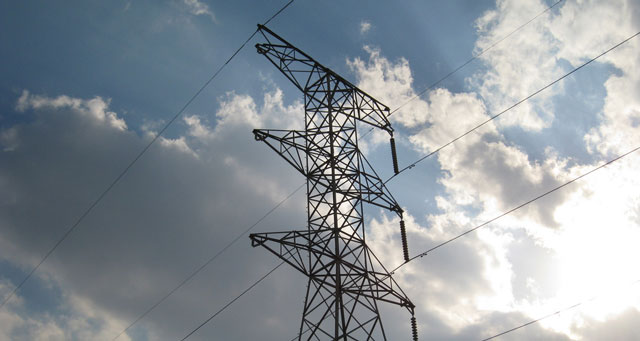
Consumers who receive their power from municipalities will see electricity prices jump by about 7,6% on 1 July after energy regulator Nersa approved the increase for municipalities this week.
This follows Nersa’s 9,4% increase of Eskom’s regulatory clearing account application for the first year (2013/2014) of the multi-year price determination 3 control period.
Following this, “Eskom’s retail tariff structural adjustment application was approved on 7 March, leading to a bulk increase of 7,9% for municipalities,” Nersa explained in a statement.
Apart from Eskom’s latest increase, other factors which contributed to the hike for municipalities included the 6,6% inflation rate, as measured by the consumer price index. This in turn caused salaries and wages to rise by more than 1%, and also caused inflationary increases for repairs and maintenance, capital charges and other costs.
Four different tariff blocks result in the actual municipal increase benchmarks ranging from 6,6% to 7,6%:
Block 1 (0-50 kWh): The 2015/2016 benchmarks were increased by CPI of 6,6%.
Block 2 (51-350 kWh): The 2015/2016 benchmarks were increased by CPI plus 1% (6,6%+1%).
Block 3 and 4 (over 600 kWh): The 2015/2016 benchmarks were increased by the municipal tariff guideline increase of 7,6%.
“Municipalities applying for an increase that is above the guideline will have to justify their increases,” Nersa explained.
Nersa said municipalities whose costs are deemed not to have arisen from the direct supply of electricity will be dealt with on a case-by-case basis for each municipality.
“These will be determined by comparing the municipalities’ average cost to supply electricity to the average price charged by all other municipalities,” it said. “The difference will then be used to adjust the overall increase awarded to the municipality.”
Nersa said municipalities that spend 75% on power costs will be considered to run an efficient electricity business.
It said municipalities should improve their debt collection rate to 95%, “as this will assist them in collecting revenue that will enable them to be efficient and effective, as well as sustainable”.
Furthermore, it said maintenance costs should be a minimum of 6%.
Municipalities are required to undertake a cost of supply study in line with the electricity pricing policy, Nersa said. “This will assist municipalities to develop appropriate tariff structures and tariff levels to ensure sustainability and send the correct pricing signals to influence customer behaviour.”




